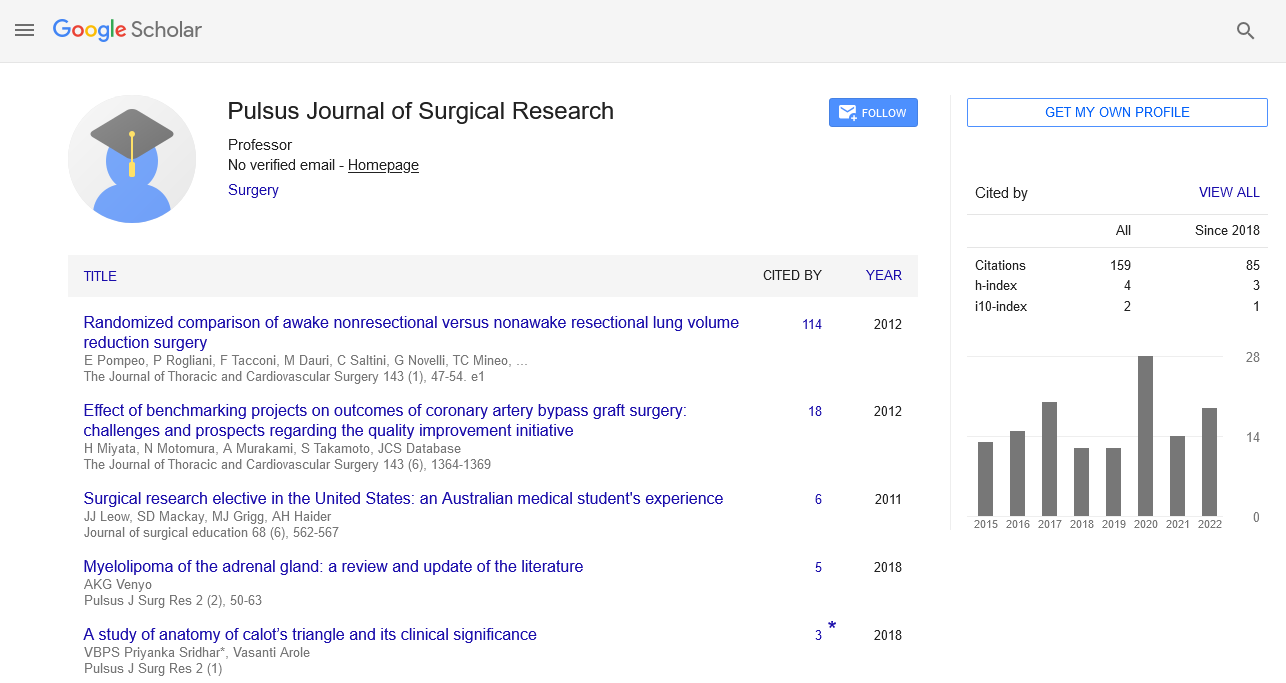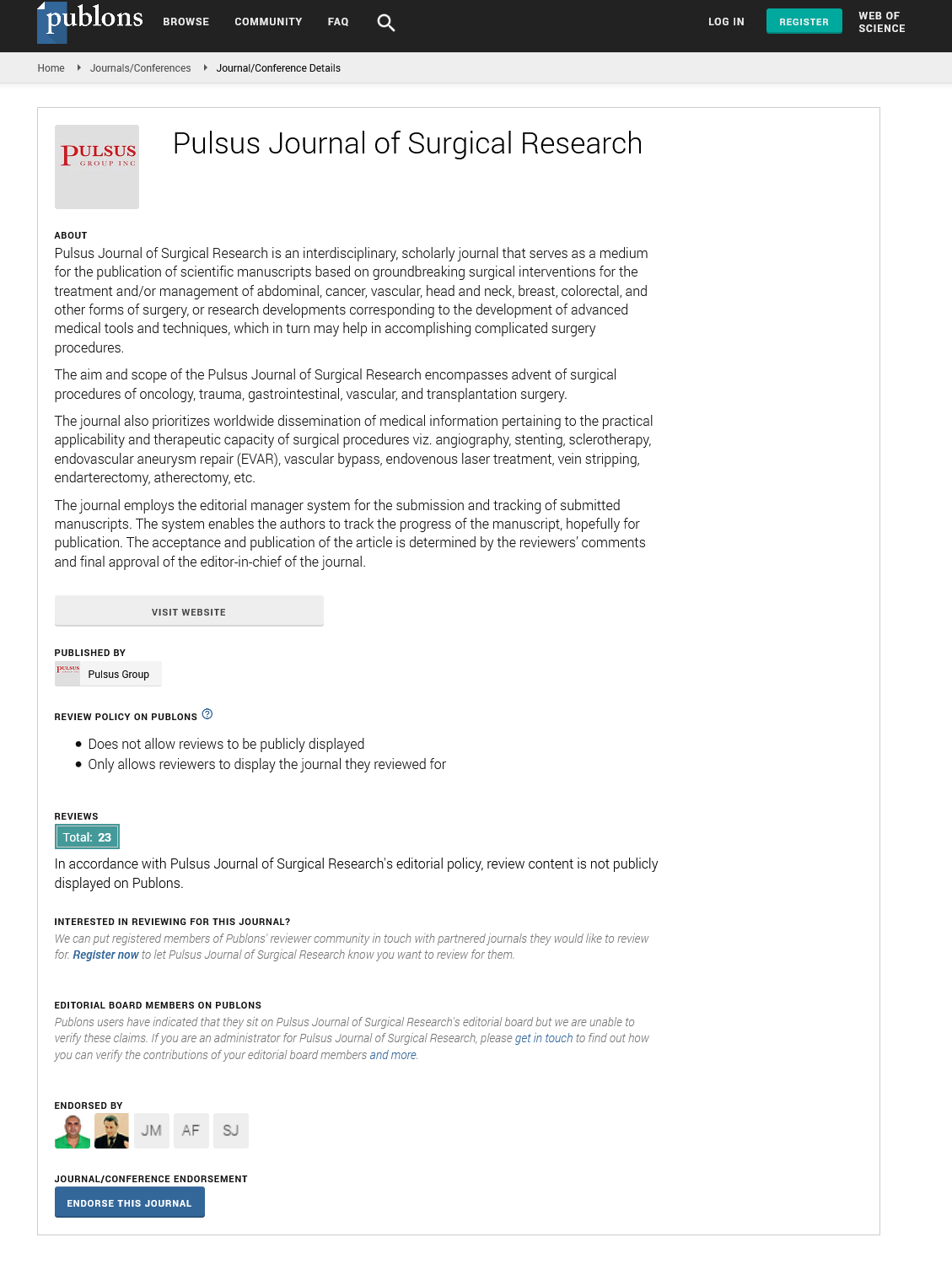
Sign up for email alert when new content gets added: Sign up
Abstract
Bilateral hearing asymmetry and lateral differences in susceptibility to noise damage
Author(s): Lucio Maci*, Antongiulio De Belvis, Anna Corinna Assennato, Vinicio Pagano and Mario TavolarThe medical-legal evaluation of asymmetric paths in the field of hearing loss noise is extremely complex and still not unique. The critical issues regarding the definition of asymmetry in the literature are numerous and sometimes seemingly irreconcilable. Scholastically the noise deafness is characterized by being hearing loss perceptive, bilateral and symmetric. The American College of Occupational and Environmental Medicine in 2002 indicates the first two criteria for defining N.I.H.L (Noise Induce Hearing Loss): It is always sensorineural, affecting the hair cells of the inner ear and; it is almost always bilateral. Usually audiometric patterns are similar. Asymmetry supports since most noise exposures are symmetric, the hearing typical loss is bilateral. When evaluating cases of asymmetric loss, referral to rule out in the back-first cochlear lesion is warranted before attributing the loss to noise. The work of Prasad, Sabini and Fernandes state that asymmetrical sensorineural hearing loss (ASNHL) is defined as binaural difference in bone conduction thresholds of >10 dB at two consecutive frequencies or >15 dB at one frequency (0.25-8.0 kHz). This also appears our own convictions. For noble and gatehouse, asymmetry was defined as an interaural difference of blackberries than 10 dB in hearing levels averaged over 0.5, 1, 2 and 4 kHz. Interaural level difference, interaural time difference, direction dependent filtering, minimum audible angle explains how the sound localization can come differently to the two ears. The author aims to classify 10 causes of asymmetry in deafness due to professional noise.
Full-Text | PDF





